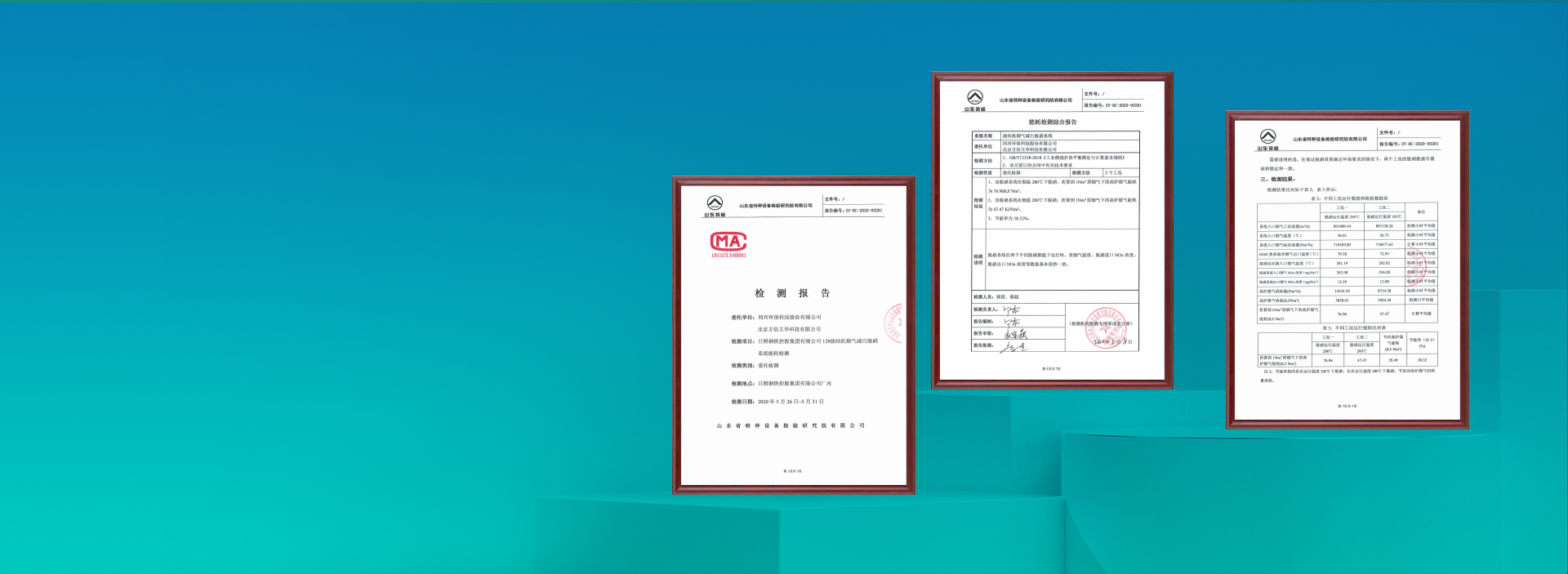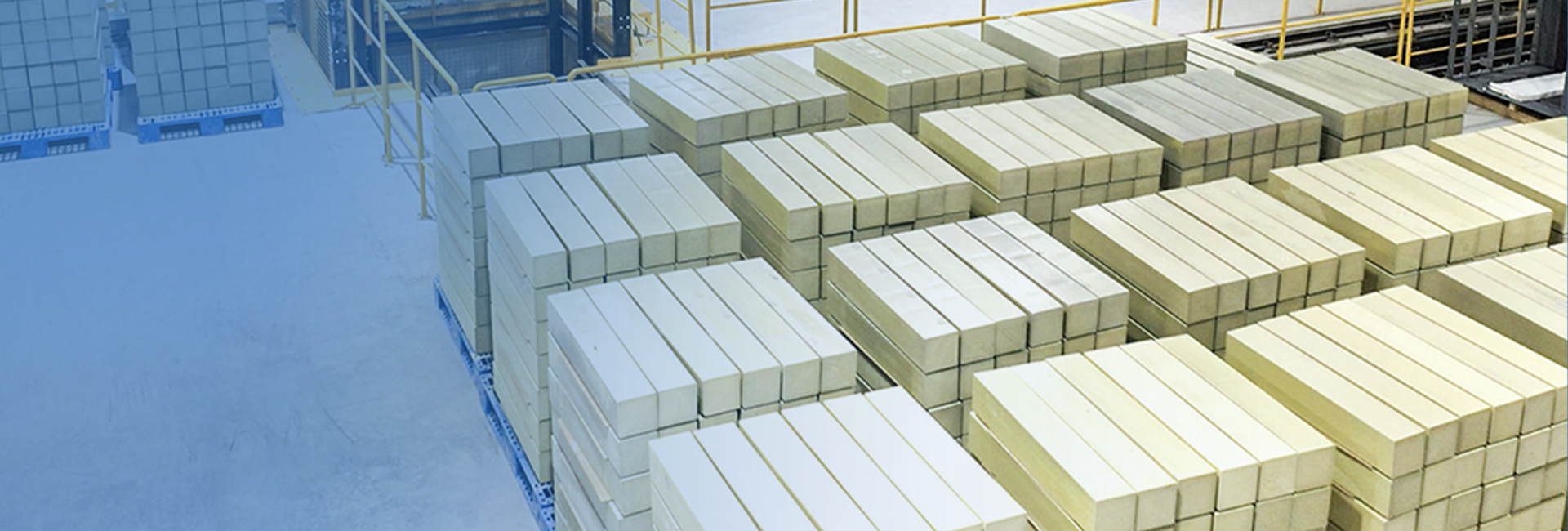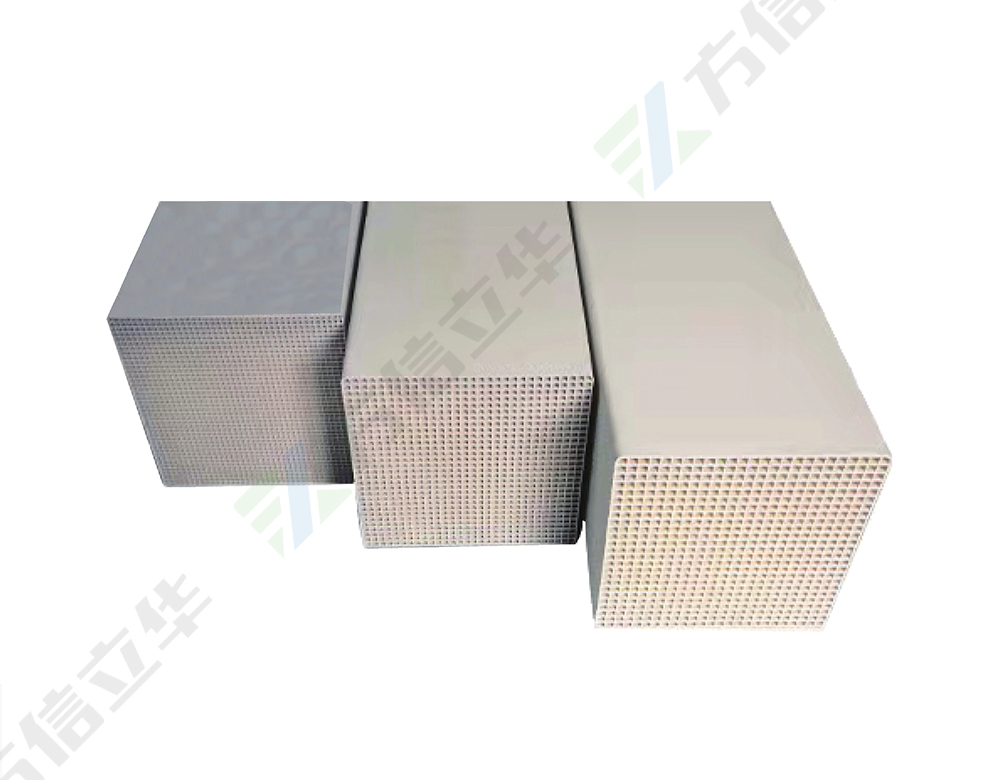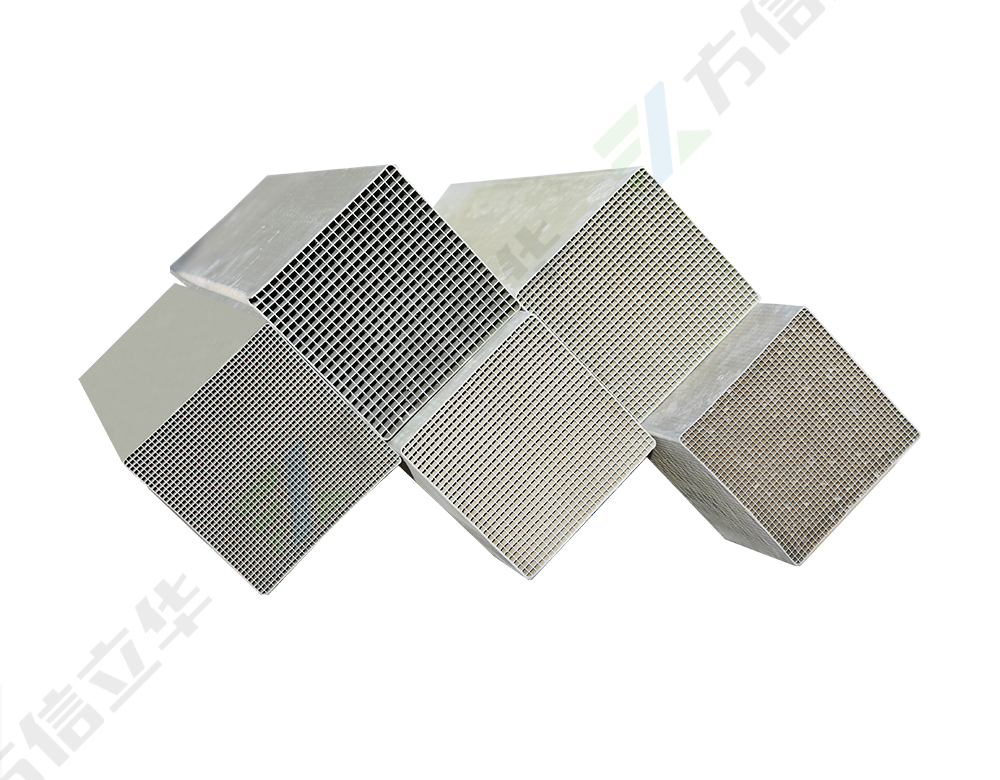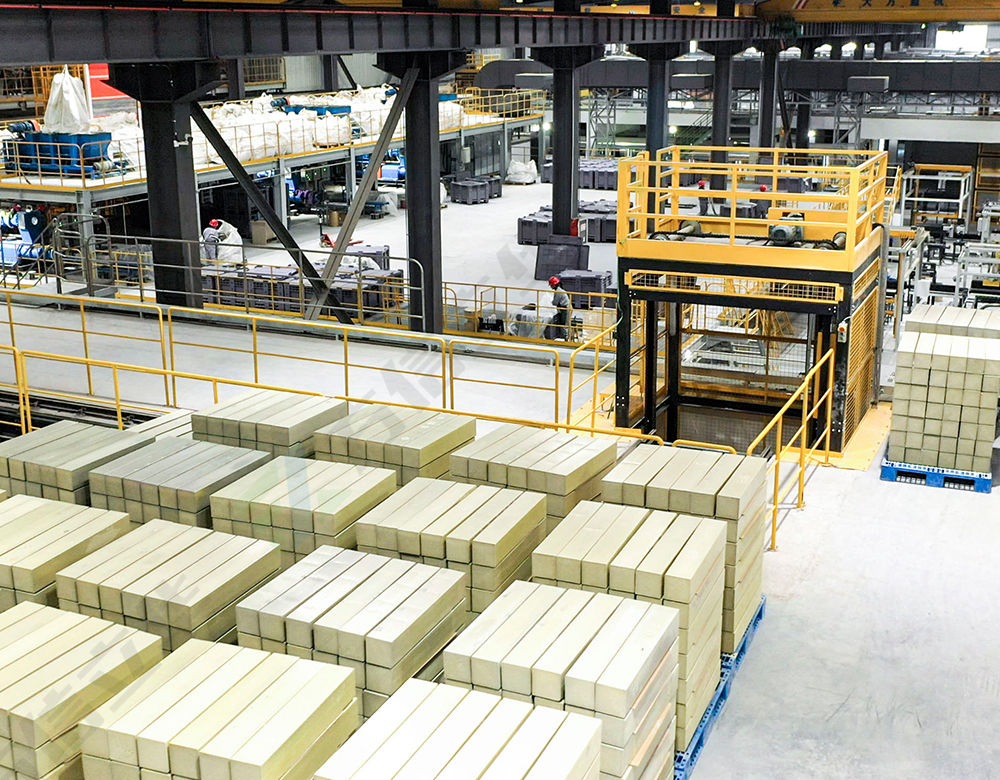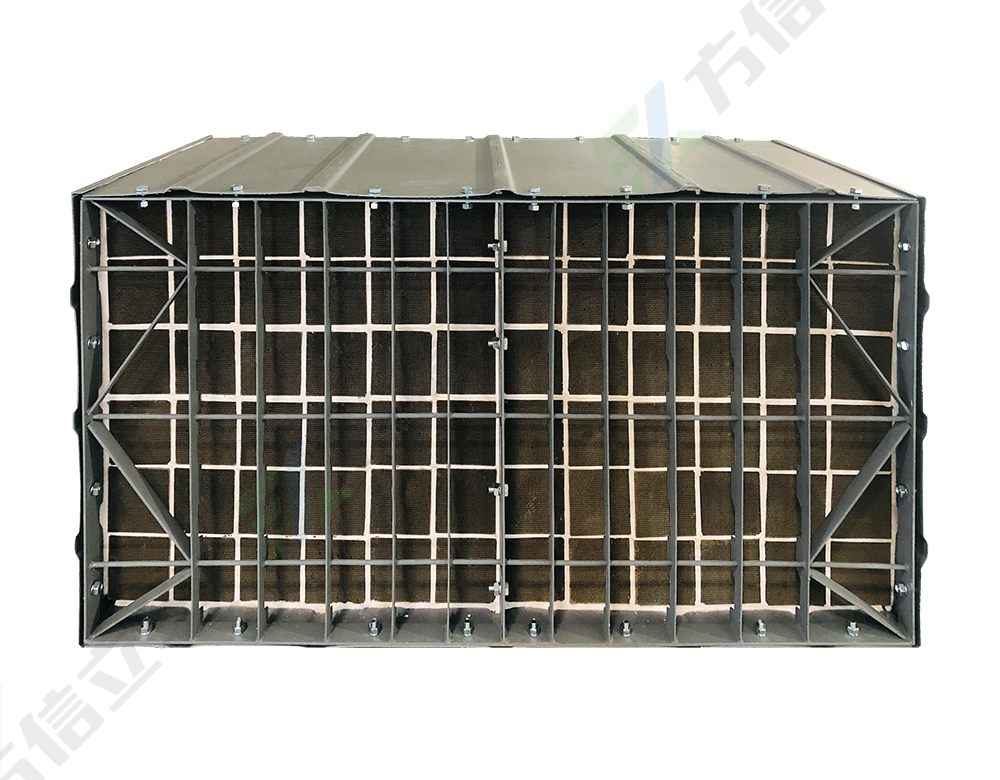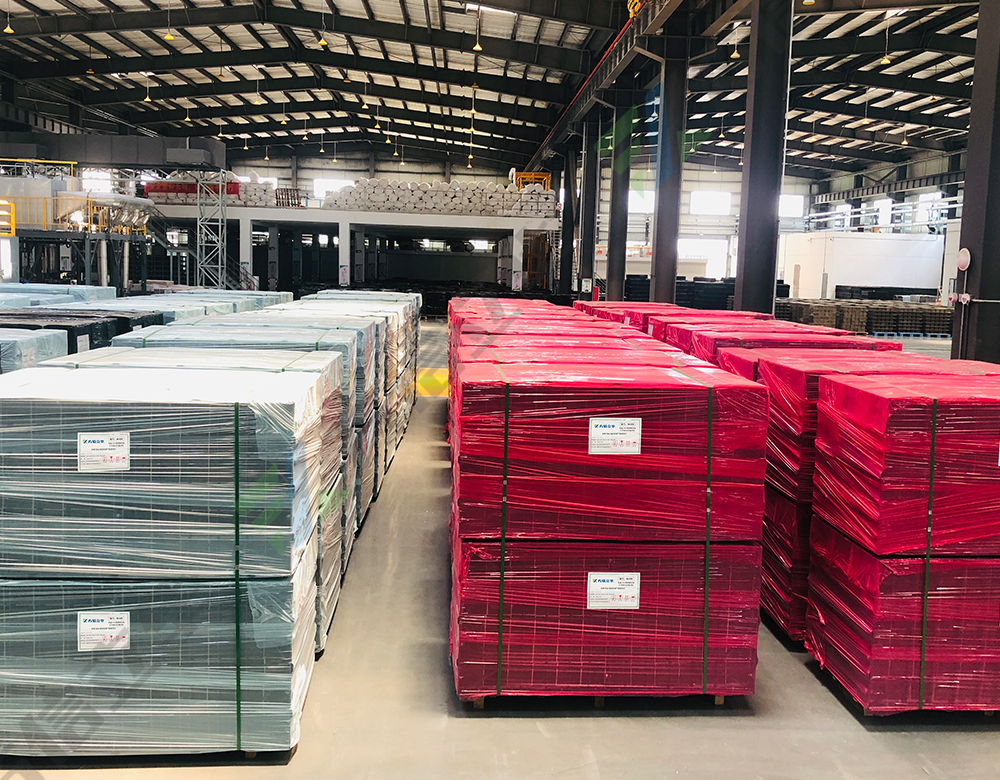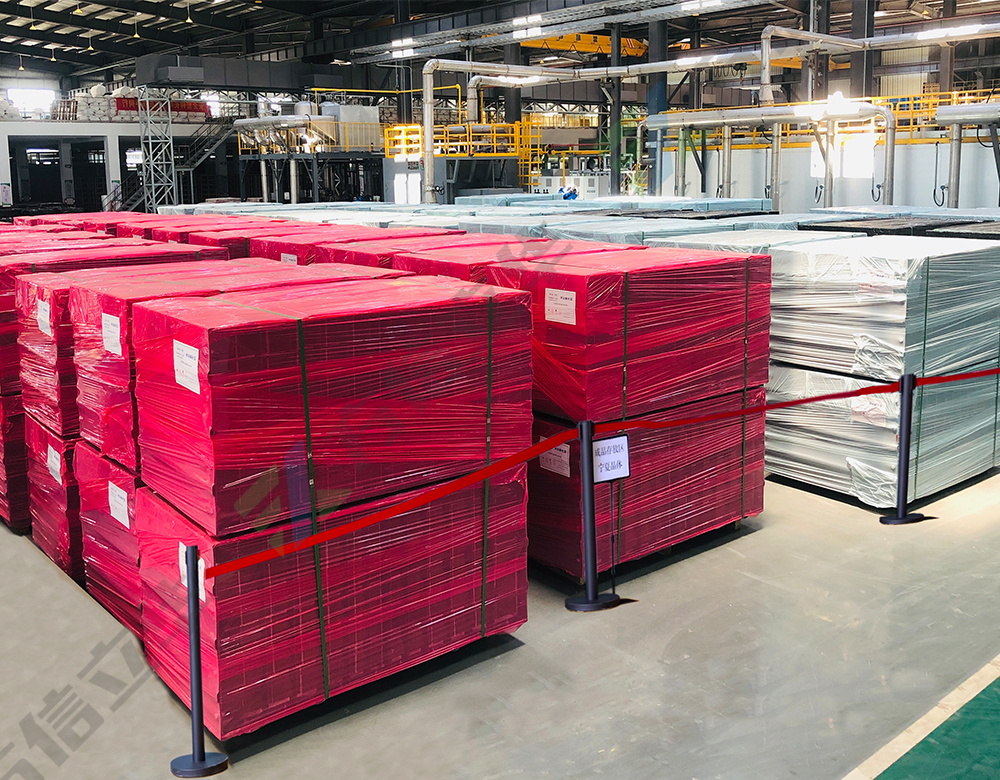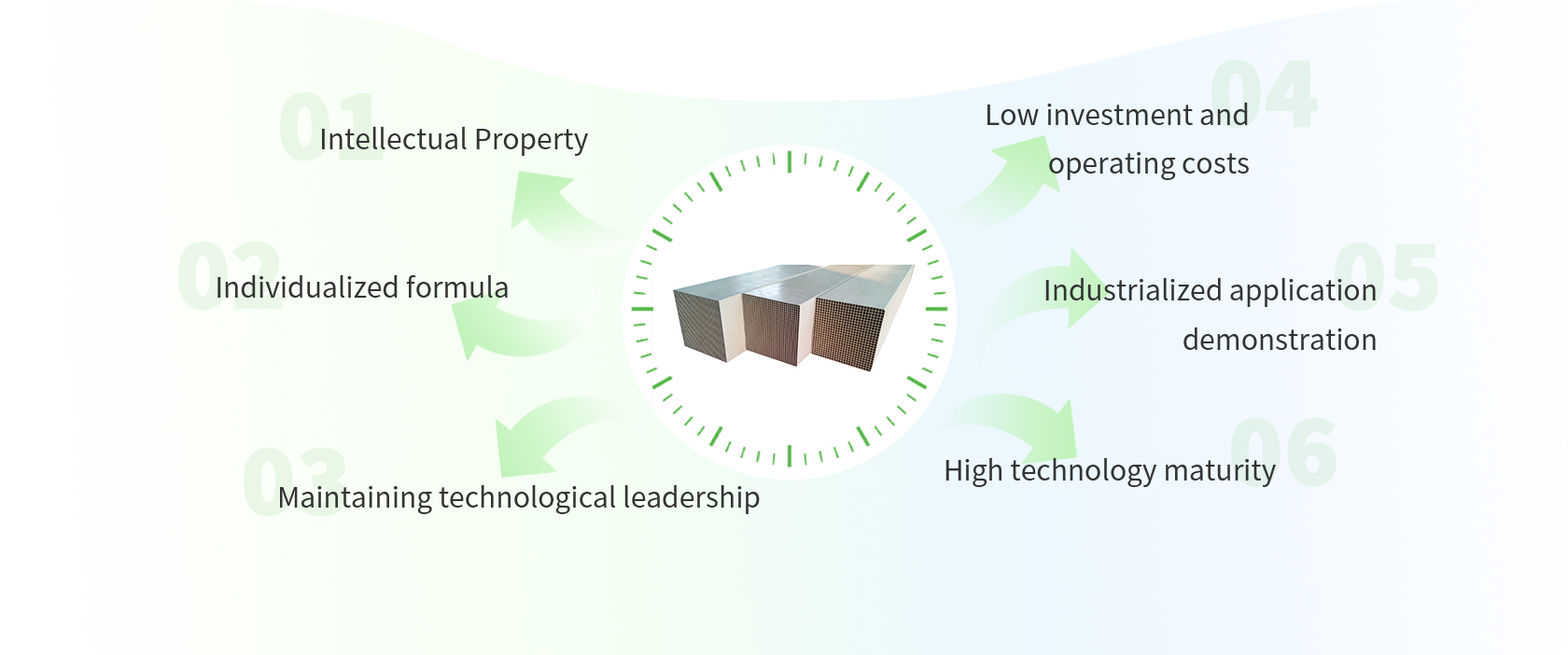
















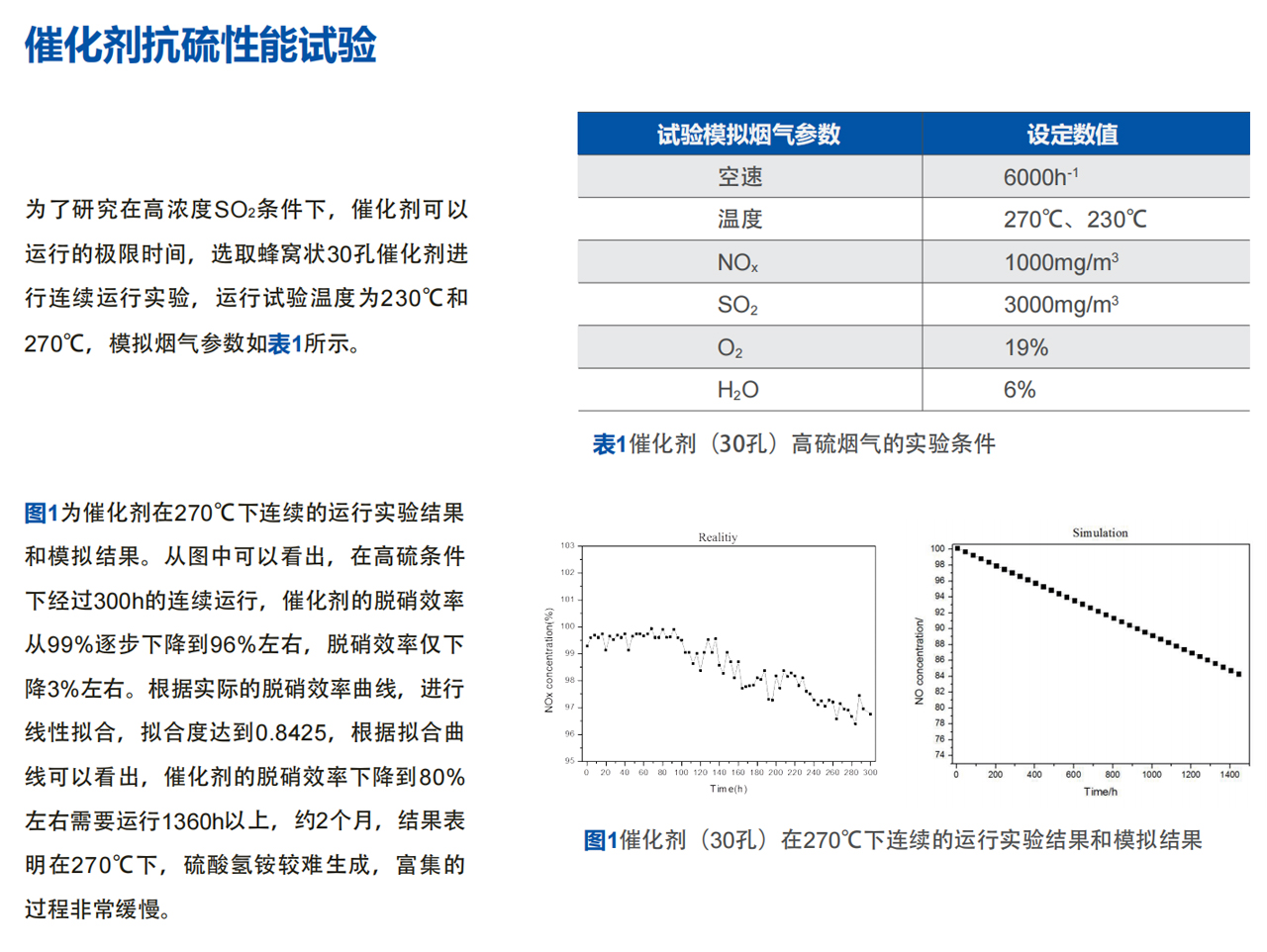
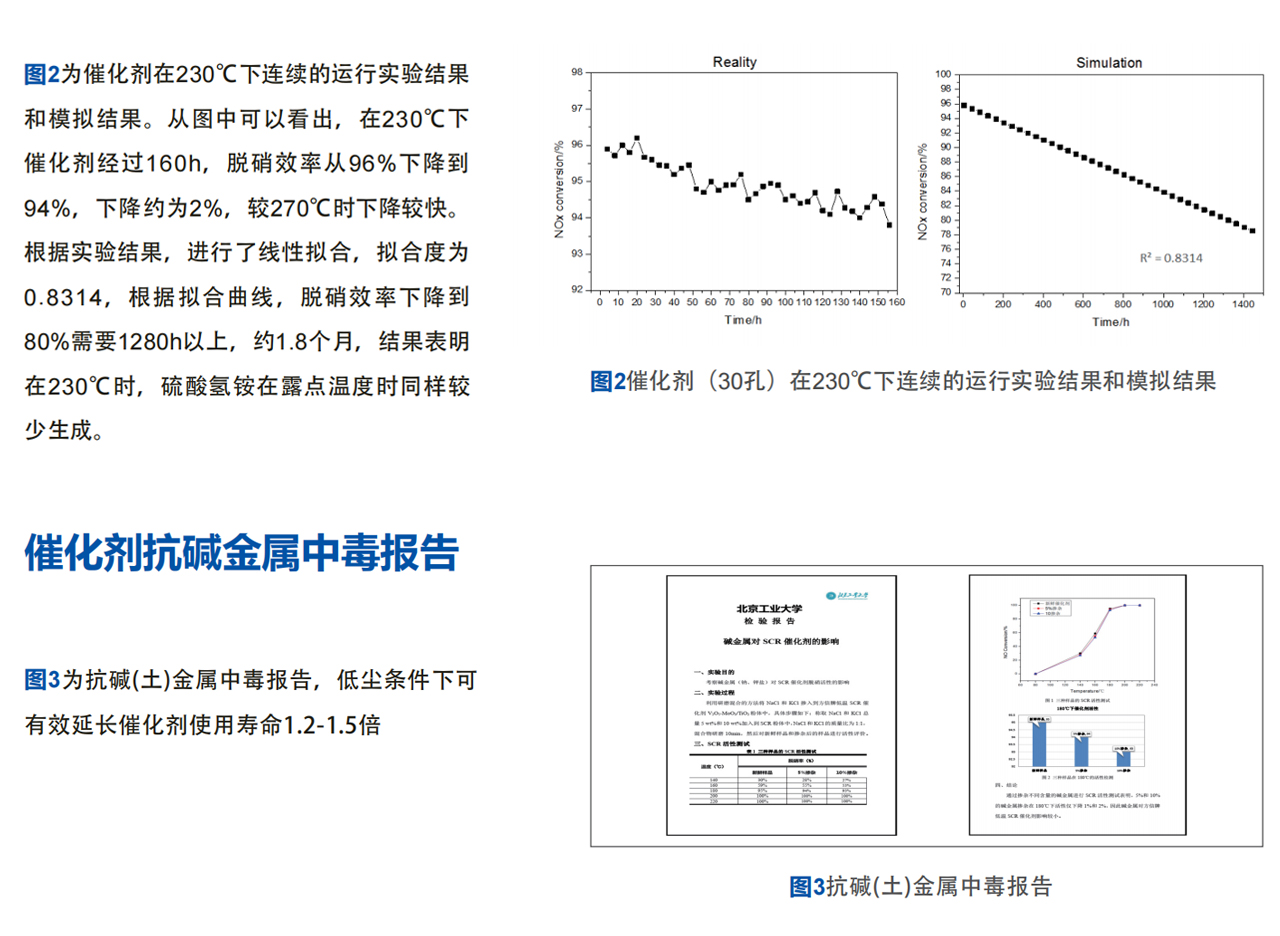
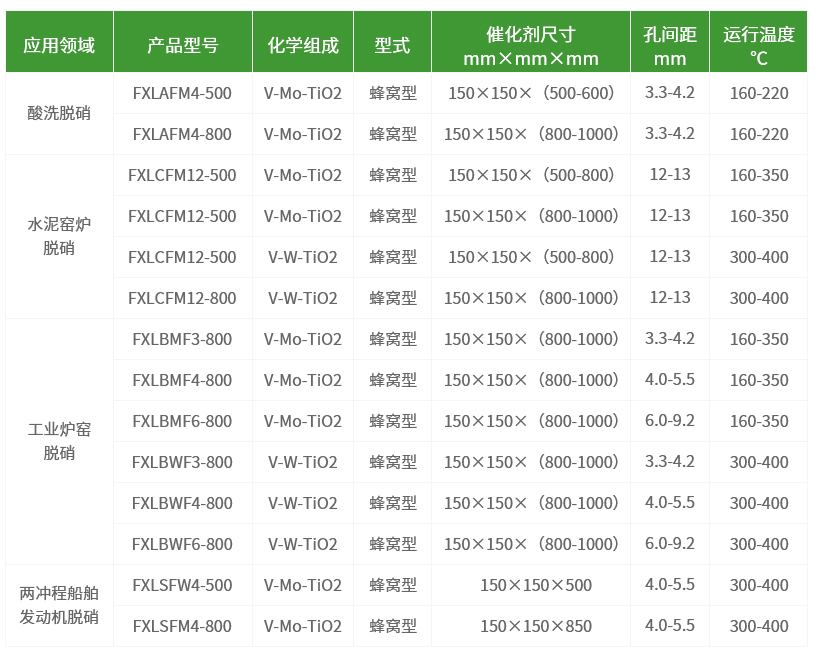
Energy contract management (EMC) process design route and medium-temperature SCR (280" denitrification) consistent, but take the low-temperature operation, that is, "medium-temperature design, low-temperature operation", by filling the low-temperature catalyst (180 * -220 ° C), to achieve the low-temperature operation, reduce the amount of flue gas, reduce the difference in the temperature of the heat transfer to reduce the consumption of gas is with the denitrification system, so as to achieve the purpose of saving operating costs. The difference in temperature of heat exchange is reduced to reduce the gas consumption and denitrification system, thus realizing the purpose of saving operation cost. According to the test data of several sets of either/or low temperature SCR denitrification projects, it is proved that Fangxin Lihua catalyst has the effect of removing dioxin after the cooperation, and the efficiency of dioxin removal can reach up to more than 95%.
In addition to saving gas consumption, it also reduces COz emissions. At 200 °C, a flue gas volume of 10,000 Nm/h reduces CO2 emissions by about 500-800 tons/year, which is an effective for synergistic effects of pollution reduction and carbon reduction.
Energy contract management (EMC) process design route and medium-temperature SCR (280" denitrification) consistent, but take the low-temperature operation, that is, "medium-temperature design, low-temperature operation", by filling the low-temperature catalyst (180 * -220 ° C), to achieve the low-temperature operation, reduce the amount of flue gas, reduce the difference in the temperature of the heat transfer to reduce the consumption of gas is with the denitrification system, so as to achieve the purpose of saving operating costs. The difference in temperature of heat exchange is reduced to reduce the gas consumption and denitrification system, thus realizing the purpose of saving operation cost. According to the test data of several sets of either/or low temperature SCR denitrification projects, it is proved that Fangxin Lihua catalyst has the effect of removing dioxin after the cooperation, and the efficiency of dioxin removal can reach up to more than 95%.
In addition to saving gas consumption, it also reduces COz emissions. At 200 °C, a flue gas volume of 10,000 Nm/h reduces CO2 emissions by about 500-800 tons/year, which is an effective for synergistic effects of pollution reduction and carbon reduction.




